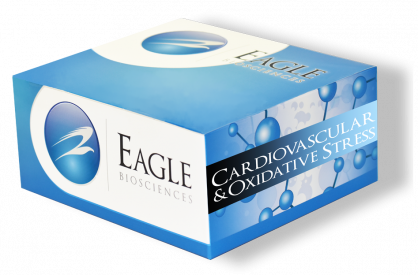Human IL-3 ELISA Kit
The Human IL-3 ELISA Kit is For Research Use Only
Size: 1×96 wells
Sensitivity: 15 pg/mL
Dynamic Range: 31.25 – 1000 pg/ml
Incubation Time: 3.5 hours
Sample Type: Serum, Plasma, Cell Culture
Sample Size: 100 µl
Alternative Names: Interleukin 3, Mast Cell Growth Factor, P-cell stimulating factor, Burst Promoting Activity, Multicolony Stimulating Factor, t h y-1 inducing factor, WEHI-3 growth factor, MULTI-CSF, MCGF, MGC79398, MGC79399
SENSITIVITY, SPECIFICITY AND REPEATABILITY
REPEATABILITY: The coefficient of variation of both intra-assay and inter-assay were less than 10%.
SENSITIVITY: The minimum detectable dose was 15 pg/mL.
SPECIFICITY: This assay recognizes both natural and recombinant human IL-3. The factors listed below were prepared at 10ng/ml in Standard /sample Diluent and assayed for cross-reactivity and no significant cross-reactivity or interference was observed.
Assay Background
Interleukin-3, also known as mast cell growth factor, P-cell stimulating factor, burst promoting activity, multicolony stimulating factor, t h y-1 inducing factor and WEHI-3 growth factor, is a pleiotropic factor produced primarily by activated T cells that can stimulate the proliferation and differentiation of pluripotent hematopoietic stem cells as well as various lineage committed progenitors. In addition, IL-3 also affects the functional activity of mature mast cells, basophils, eosinophils and macrophages. In addition to activated T cells, other cell types such as human thymic epithelial cells, activated murine mast cells, murine keratinocytes and neurons/astrocytes can also produce IL-3. Mature human IL-3 share only 29% aa sequence identity with murine IL-3. IL-3 activity is highly species specific and human IL-3 does not show activity on murine cells. IL-3 is involved in a variety of cell activities such as cell growth, differentiation and apoptosis. This cytokine has been shown to also possess neurotrophic activity, and it may be associated with neurologic disorders.
Related Products
Human IL-2 ELISA Assay
Human IL-4 ELISA Assay
Human IL-5 ELISA Assay


